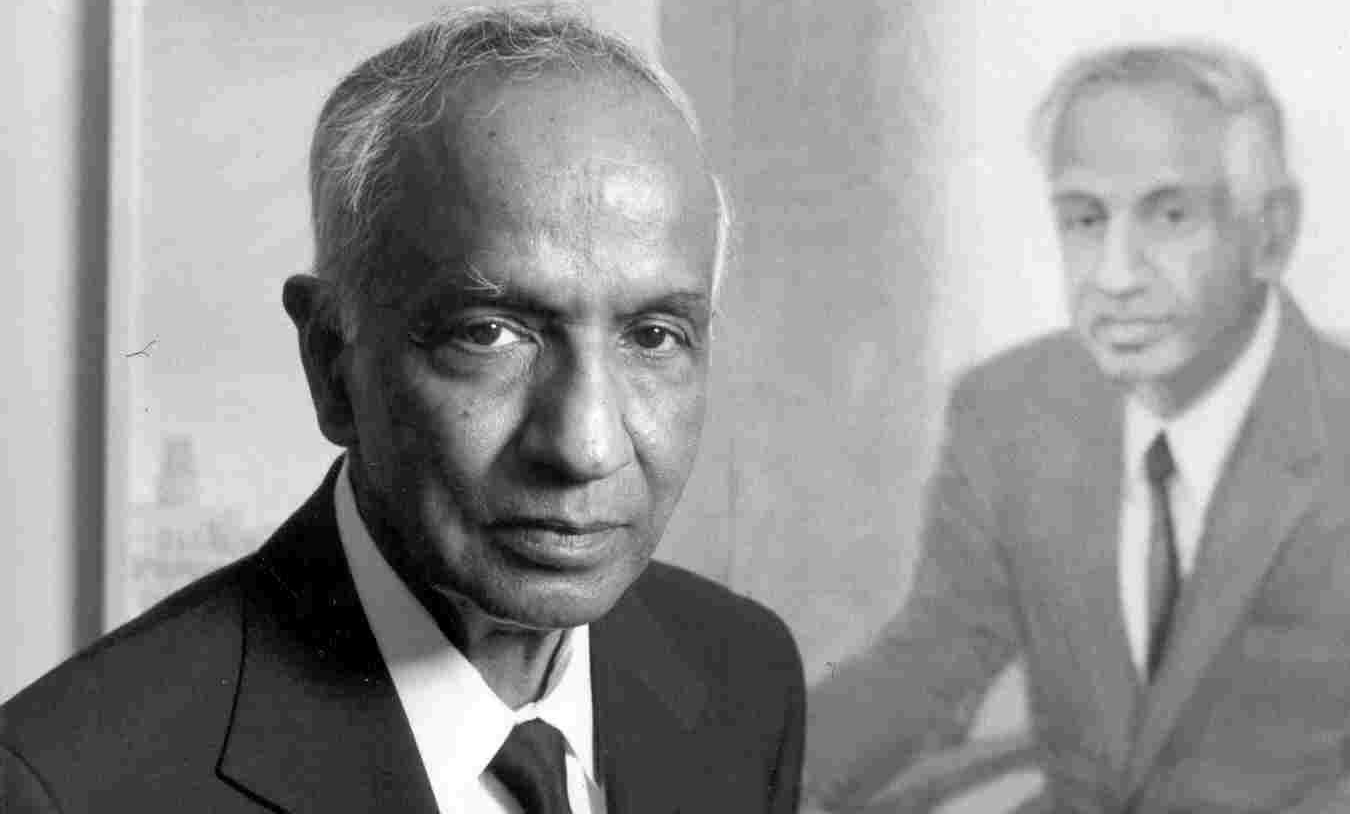American physicist.
He was born in the city of Lahore – currently in the Islamic Republic of Pakistan, but until 1947 belonging to the then British India. He studied in England and obtained a PhD in Cambridge. His great contribution to physics is the study of the so-called white dwarf stars. Chandrasekhar established the limit of the mass that a star can reach to become a white dwarf, characterized by an enormous density due to the gravity produced by atomic disintegration. A star with a higher mass will not contract anymore because the gravitational effect will produce such energy that the star can explode as a supernova. He announced the characteristics of neutron stars and black holes. He aspired to reveal how rotation affects the shape of planets, stars, galaxies and clusters of galaxies. In 1983 Chandrasekhar received the Nobel Prize in Physics shared with William Fowler for his studies on the important processes in stellar structure and evolution. In 1999, NASA named in its honor the third of its four Great Observatories, the Chandra X-ray Observatory. In 1958 an asteroid named Chandra.
Learn more about your health and well-being at Pharmamedic.









